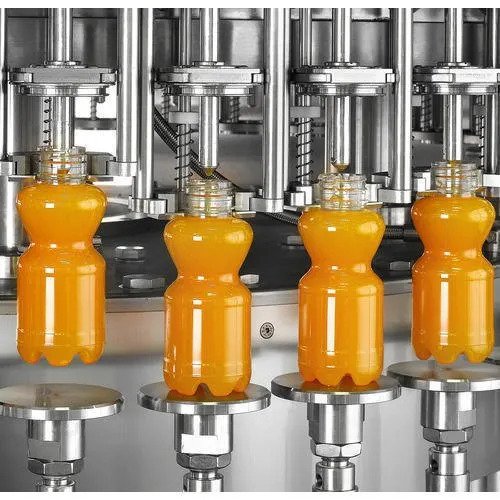Project Report For Fruit Juice plant
Introduction
Project Report for Fruit Juice Plant is as follows.
Fruit juices are made and consumed for their refreshing flavour and nutritional value because they are high in vitamins and minerals and have regulatory functions in the body, such as increasing the alkaline reserve of the blood and ensuring proper blood vessel function, including capillary, permeability, and fragility, due to flavonoid presence. Juices also aid in the retention of calcium, magnesium, and nitrogen in the body while also delivering quick energy.
Fruit juices were seen as affluent and middle-class products. That distinction is no longer applicable. Everyone consumes fruit juice except those who cannot afford to buy a drink. the lower, medium, and upper middle classes account for 91% of soft drink purchases.

Manufacturing Process of Fruit Juice Plant
Washing and Sorting: The fruits are thoroughly washed to remove dirt, debris, and any surface contaminants. Sorting is done to remove damaged or spoiled fruits that are not suitable for juice production.
Peeling and De-Stoning: Mechanical peelers are used to remove the outer peel from some fruits, such as oranges. The stones (pits) of stone fruits such as peaches and cherries are removed.
Extraction: Mechanical presses are used to extract juice from fruits such as apples and grapes. Filtration separates the juice from the solid pulp and seeds. Citrus fruits such as oranges and lemons are often juiced by reaming, which involves halves the fruit and manually or mechanically extracting the juice by squeezing or pressing. Enzymatic extraction is required for some fruits, such as pineapples. To break down the cell walls and liberate the juice, enzymes are added to the fruit pulp.
Filtration: The extracted juice may undergo filtration to remove any remaining pulp, seeds, or larger solid particles. This step helps achieve a smoother and clearer juice consistency.
Pasteurization: Pasteurization involves heating the juice to a specific temperature for a predetermined time to destroy any harmful microorganisms, enzymes, or pathogens while retaining the flavor and nutritional qualities. This step ensures the safety and extends the shelf life of the juice.
Packaging: The juice is filled into sterilized containers, such as bottles, cans, or tetra packs. Proper sealing or capping is done to prevent contamination and maintain freshness.
Quality Control: Quality is determined by testing samples from each batch of juice for taste, colour, aroma, acidity, sugar content, and microbiological activity. This assures that the product satisfies the necessary specifications and is safe for consumption. To guarantee freshness and quality, the packed juice is stored under optimal circumstances. It is then sold to consumers through shops, supermarkets, and other sources.
Market Potential Of Fruit Juice Plant
In 2022, the worldwide fruit juice industry is expected to be worth US$ 147.5 billion. The market is expected to reach US$ 189.9 billion by 2028, growing at a CAGR of 4.52% between 2023 and 2028.
Fruit juice is a non-fermented beverage produced by mechanically squeezing or softening fruits. Different types of fruit juice have various health benefits. Avocado juice, for example, boosts the body’s natural energy levels. Watermelon juice hydrates and boosts metabolism. Papaya juice promotes proper digestion. Lemon juice helps to combat viral infections, while pineapple juice helps to decrease cholesterol.
Lifestyle and nutritional changes are promoting increased use of economical, healthful, and quick meals like bottled fruit juices. To broaden their client base, certain market players have created a variety of flavours to generate preservative- and sugar-free fruit juices. Consumers are less likely to consume carbonated beverages, which is shifting consumer choice towards fruit juices and supporting market growth.
Soft drinks, such as colas and flavoured sodas, are becoming less popular around the world due to their high sugar content, artificial colouring, phosphoric acid, artificial sweeteners, and caffeine, all of which are damaging to the human body. As a result, more consumers are switching to natural fruit juices instead of soft drinks.
Manufacturers are developing a variety of tastes and manufacturing preservative-free and sugar-free fruit juices to expand their client base.Furthermore, expansion in the food and beverage sector is driving up global demand for fruit juices.
Project Report Sample on Fruit Juice Plant
Need Help?
Create 100% Bankable Project Report
